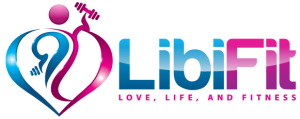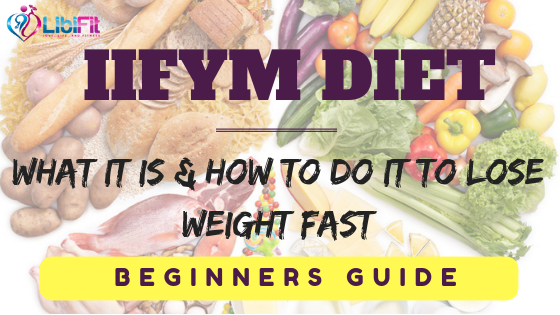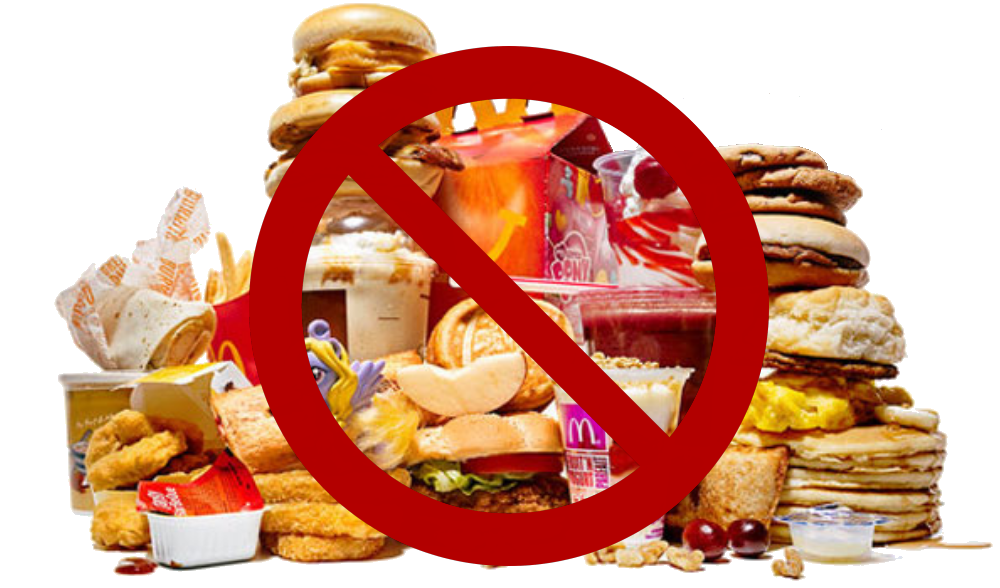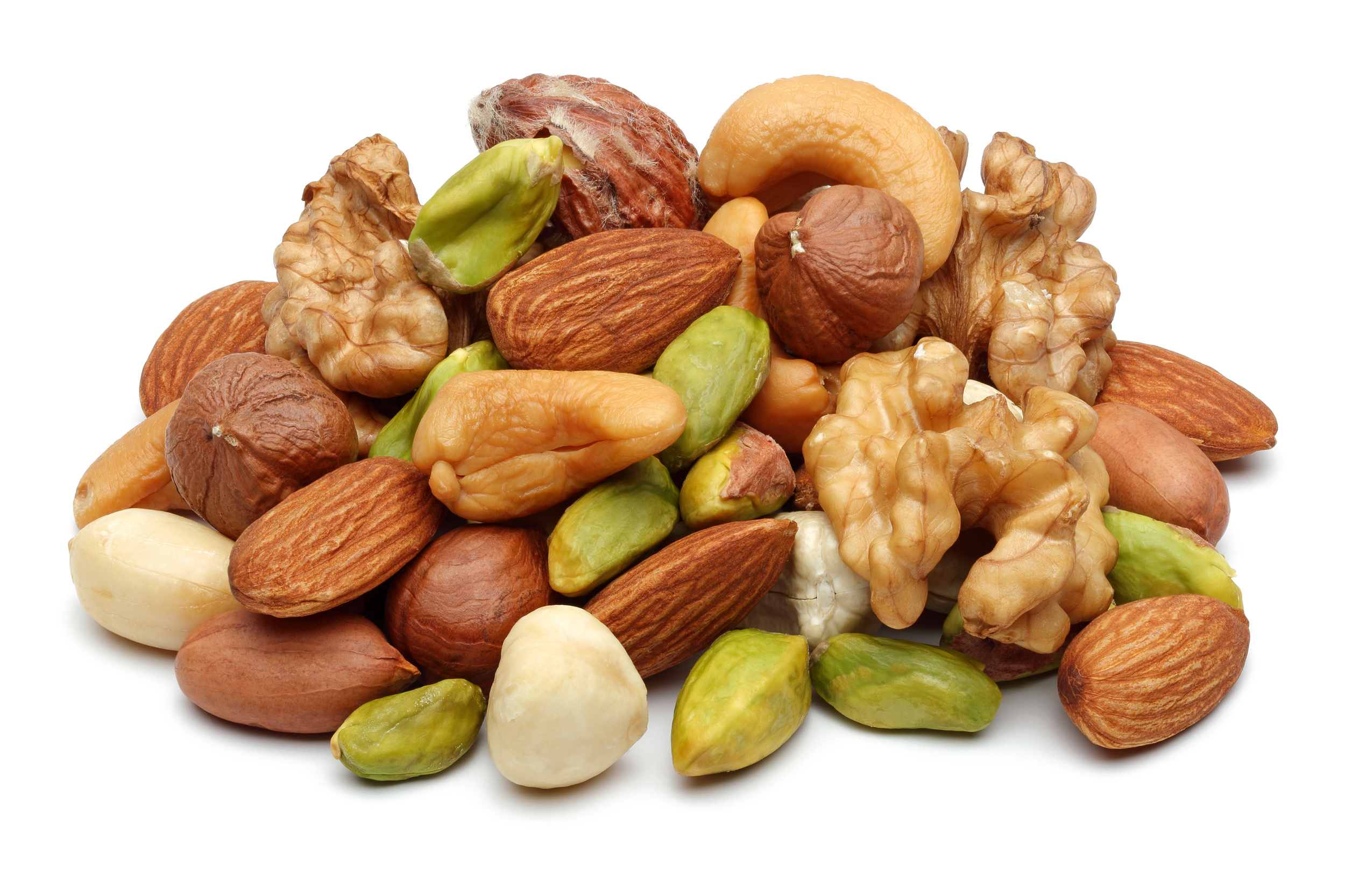Dieting can be hard. If you have been browsing how to lose fat and not going to the bodybuilding sessions, then you have probably heard of IIFYM meaning “If It Fits Your Macros”. The IIFYM plan means that you can eat anything you want and still improve body composition. You can do this by counting macros intake.
According to the IIFYM meal plan, if you maintain a low intake of daily calorie, you will be able to eat more and lose fats and at the same time. The overall concept means you can eat anything, including the dirty foods, according to the IIFYM diet plan and still get in shape. This article discusses everything that you need to about daily macros and what to do to lose weight fast.
What is IIFYM and Flexible Dieting?
IIFYM is a diet plan that stands for “If It Fits Your Macros” which means that you can just eat anything you like or desire as long as it fits the daily calorie requirements. Some of the people think that eating bread, doughnuts or even pizza will automatically make you fat. However, IIFYM has explained that it doesn’t matter what you take as long as your daily macronutrients are met.
Whether you prefer to take processed foods or raw foods, it will have no difference when you are trying to improve body composition- as long as you stick to the target daily macros. IIFYM, in other words, states that the body fat does not necessarily arise from the types of foods that you consume but rather the excess calories intake that you take daily.
Unless when you are talking from a health perspective, there is no such thing as ‘bad’ or ‘good’ food, ‘clean’ or ‘dirty’ foods that prevent someone to lose weight. A lot of people also seem to think that if someone has to give up foods such as pizza or bread so as to improve body composition. Basically, the body composition is all about intakes such as calorie and macronutrients.
Some people have also termed it as “Flexible Dieting”. Flexible dieting is a meal plan that is designed based on what your body needs to function and to change in terms of weight loss and body fat. The structure of the dieting is based on quantity rather than quality.
How Does IIFYM Work?
If you are looking for a long-term solution to lose weight, then you IIFYM should be the next flexible diet to go for. Before we go on to learn how IIFYM meaning in its true form, let us define what are macros.
Macros is a slang meaning macronutrients- these are proteins, fats, and carbohydrates (also known as carbs). These are the main fuel of the body. The daily intake of the macronutrients depends on several factors such as age, activities of the user and the medical condition. According to Food and Nutrition Board of the Institutes of Medicine, an average American is recommended is as follows: 45-65% of daily calories intake comes from carbs, 10-35% from protein, and 20-35% from fat.
IIFYM is a diet plan that requires you to calculate and monitor the calorie intake. It is a process that may require your smartphone app, or you can opt to keep a day to day track of your intake through spreadsheets. With the IIFYM plan, the level of the carbs intake should be less than the recommended 45 %.
Benefits of IIFYM
Most of the diets have become successful by eliminating certain food and food groups -they do so by eliminating too much calorie intake. The disadvantage is that these limiting diets cannot be a long-term solution. Let’s be realistic, life without ice cream can suck. That where IIFYM meaning “If Its Fits Your Macros” comes into play. You can eat whichever flavor of ice cream you want and still get results.
With the IIFYM diet plan, you learn the real calorie intake that is in your food. Moreover, you can regulate macronutrients in your food. This is far the best way to lose fat as you can control the energy balance in your body with precision. Humans are bad at estimating the food intake: and it can be disappointing that you are limiting off certain foods and still not losing body fat. Monitoring and control the intake of the macros will help you eat more foods while maintaining a consistent intake of macronutrients.
IIFYM is educational. If you are the one responsible for counting daily macros intake, then you get an extensive knowledge of nutrition. IIFYM helps you learn the number of calories in foods and improves your awareness on which foods are the greater source of the macronutrients. This knowledge becomes useful in you are looking for a long term weight management solution.
All Calories Are Not Created Equal…Neither are Macros
Many people adopt the phrase that “calories are calories”. This is an assumption made that the human body handles calories the same way. However, it is true to say that not all calories are created equally. For example, for you to have 1,500 calories diet, you can either have four pieces of cakes or 375 strawberries which is too much. Even when it comes to real foods, our body handles calories differently.
Calories are different and depend whether they are from proteins, fats or carbs. When it comes to IIFYM dieting, counting calories only can be vague and broad. Thus, it’s recommended that you go beyond calorie and monitor the macros. Not all calories are created equal and neither are the macros. It all depends on the source.
Furthermore, each macro plays a vital role in our body; proteins help in muscle building, fats are needed in body digestion and for cardiovascular health while carbs are a source of energy.
What IIFYM is Not. Mistakes People Often Make
People often have the misconception that IIFYM meaning If Its Fits Your Macros is a pro-junk food diet as it allows people to be flexible with the foods. However, that is not the case. IIFYM diet plan assumes the majority of the food you are eating is nutritious and a small percent -maybe 20% to 15% -can come from the junk “dirty” foods.
Some people, mostly the beginners, mistake IIFYM as a diet-which is not the case. IIFYM is a nutrition approach. Rather than IIFYM being grouped into certain foods, it makes you conscious about your food intake.
When IIFYM was introduced, media thought it was a diet introduced to let people eat a doughnut, ice cream, and French fries while still losing body fat. However, if you don’t have a nutrition expert to guide you through, even if you are counting calories it may become impossible for you to meet the goals if you eat the foods regularly.
Calories From Protein
Proteins are the building blocks of a human body. They constitute bones, skin, and muscles and not forgetting the hair. The main uses of proteins in the body are to repair body tissues and support other metabolic processes. A gram of protein has been defined to contain 4kcal.
About 30% of the calories obtained from protein are used for digestion. It is very hard for you to have excess calories from protein as the body metabolize protein at a faster rate thus breaking down the calories. That means that if you eat more protein than your daily intake, they are less likely to change your body composition unless there taken in presence of extra fats and carbs.
However, it is recommended that people should aim for 25g of protein per meal. Though going overboard may have no effect on the body fat, you should be cautious as protein overload can be detrimental for kidneys and the digestion. In some cases, excess protein can cause a rise in the blood glucose levels.
Below are some of the sources of good proteins
Eggs
Soy
Lean Beef
Chicken breast
Puy lentils
Pumpkin seeds
Chickpeas
Cottage cheese
Salmon Fish
Dairy products
Calories from Fat
Of the three macros, fats are slowly digested in the body. The body metabolizes carbs and proteins before turning fats into energy. One gram of fat contains 9 kcal. Calories are the amount of energy released when your body absorbs foods. However, relying on fats as an energy source rather than carbs have an added advantage health. Fats breakdown is slower and requires no energy to be broken down thus meaning that the body does not require more energy in assimilating the fats in the body.
However, by learning that fat intake is bad for your health, you don’t have to eliminate all the fats from your foods. Just like we have said all calories are not equal, so are the fats. There are good fats and bad fats. Basically, there are two types of fats, saturated and unsaturated fats.
The bad fats are divided into saturated and trans fat and they have been identified to be harmful to the human body, especially the heart. Foods such as poultry skin, tropical oils, animal fats, margarine, vegetable shortening, processed foods contain the bad fats. These fats increase the level of cholesterol in the blood and cause low-density lipoprotein (LDL) which posses a higher rate of heart diseases, inflammation and diabetes type II.
The goods fats are the unsaturated and polyunsaturated fats. Most of the people refer to them as healthy fats and should be included in every meal. The foods that contain these types of fats mostly tend to be liquid at room temperature. They help the body to absorb body nutrients, improve the hormones and improve blood cholesterol level.
Here are 10 good sources of fat:
Avocados
Walnuts
Olives
Almonds (other nuts and seeds)
Salmon
Tofu
Cheese
Dark Chocolate
Full-Fat yogurt
Calories from Carbs
Carbohydrates are the main source of energy in the body and act as fuel to most of the vital organs including kidney, brains and the nervous system. Carbs are broken down into simple energy referred to as glucose. Carbohydrates are divided into two types: simple and complex carbohydrates. Simple carbohydrates are found in nature and have a high fiber content in them while complex carbohydrates
All carbs are not equal and this is much dependent on the level of sugar and fiber content. When carbs are metabolized into sugar, the sugar in form of glucose is absorbed which increases the blood sugar level and improve fat storage. Fibre, on the other hand, makes it hard to digest food and doesn’t elevate blood sugar as food with low fiber content.
Carbs are commonly referred to as goods carbs or bad carbs. IIFYM diet plan advice that you should intake good carbs over the bad carbs. Good carbs are complex carbohydrates which have high fiber content and nutrients meaning they take longer to be digested. Since they take longer to be digested they do not elevate the blood sugar content. Examples are high-fiber beans and legumes and whole grains.
Bad cards, on the other hand, are simple carbohydrates which can be easily broken down and absorbed in the blood causing a blood sugar spike. Examples include bread and pasta, cakes among others. Therefore, it is recommended that you swap you meal plan from simple carbohydrates to more complex one which will allow you to avoid blood sugar spikes.
Here is a breakdown common source of carbohydrates:
Chickpeas
Sweet potato
Brown Rice
Oats
Blueberries
Bananas
Chestnut
Low-Fat yogurt
Broccoli
Wholegrain Bread
Getting Started with IIFYM
If you are thinking about starting IIFYM diet plan, then you must be ready to commit yourself to your alloted macros. By doing this you will be able to eat all the junk foods you want. To start with IIFYM plan, there are some things that you should really keep in mind:
Don’t follow social media as it can mislead you. Majority of the people using IIFYM post ice cream and donuts on social media while, they are following a plan eating lean proteins, vegetables, and fruits daily. In addition, make sure that you eat whole foods rather than “dirty foods”.
It‘s also important to point out that if you are planning to get started with IIFYM flexible diet, keep the food simple as it will be easy to track its purpose. Complicated foods at the beginning will result in too many calculations and this may be discouraging. IIFYM will work if you are consistent and patient.
Ready to give the IIFYM diet a try? Check out our IIFYM calculator by clicking the link below.











































[…] IIFYM Meaning: What it Is and How to To Do… […]
[…] IIFYM Meaning: What it Is and How to To Do… […]
Comments are closed.